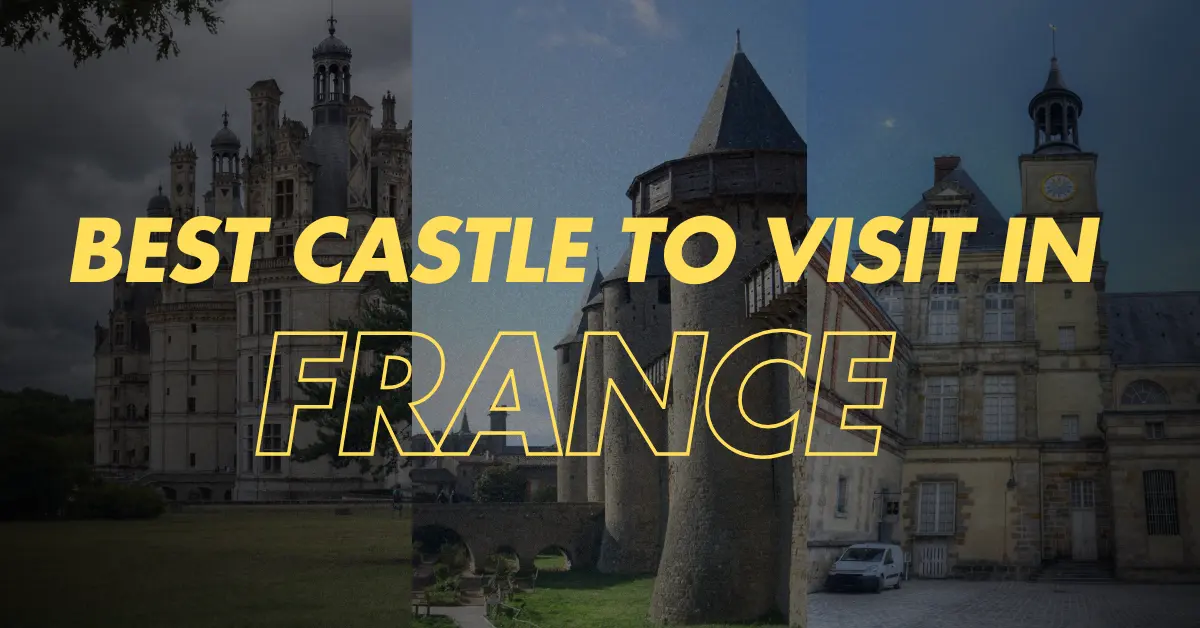France is home to some of the most beautiful castles in the world. Each tells a unique story through its architecture and history.
Imagine stepping into a fairytale where majestic towers touch the sky and grand halls echo with tales of old. France’s castles are not just buildings; they are a gateway to the past. From the opulent Château de Versailles to the medieval stronghold of Carcassonne, these castles offer a glimpse into the lives of royals and knights.
Whether you are a history buff or a lover of stunning architecture, visiting these castles can be an unforgettable experience. Explore the best castles to visit in France and let your imagination run wild in the land of châteaux.
Top French Castles
France is home to some of the most stunning castles in the world. These castles tell stories of past kings and queens. Their architecture and history attract visitors from all over. In this guide, we will explore some of the top French castles to visit.
Must-see Landmarks
France has many famous castles that are worth visiting. Here are some must-see landmarks that you should not miss:
- Château de Chambord: This castle is a masterpiece of the French Renaissance. It is known for its distinctive French architectural style.
- Château de Versailles: Once home to King Louis XIV, it is famous for its beautiful gardens and the Hall of Mirrors.
- Château de Chenonceau: Known as the “Ladies’ Castle,” it spans the River Cher and has a rich history of female ownership.
These castles are not only beautiful but also offer a glimpse into France’s royal past. They are located in different parts of France, so plan your visit accordingly.
Hidden Gems
Beyond the famous castles, France has many hidden gems that are equally enchanting. These lesser-known castles provide a unique experience without the large crowds:
- Château de Pierrefonds: This castle looks like it is straight out of a fairy tale. It was restored in the 19th century by Viollet-le-Duc.
- Château de Commarque: Located in the Dordogne region, it offers a great view of the surrounding valley. It is perfect for history lovers.
- Château de La Roche-Guyon: Nestled on a cliff, this castle offers stunning views of the Seine River. It has a unique blend of medieval and Renaissance architecture.
Visiting these hidden gems can be a delightful experience. They offer a peaceful atmosphere and a chance to explore France’s rich history away from the crowds.
Château De Chambord
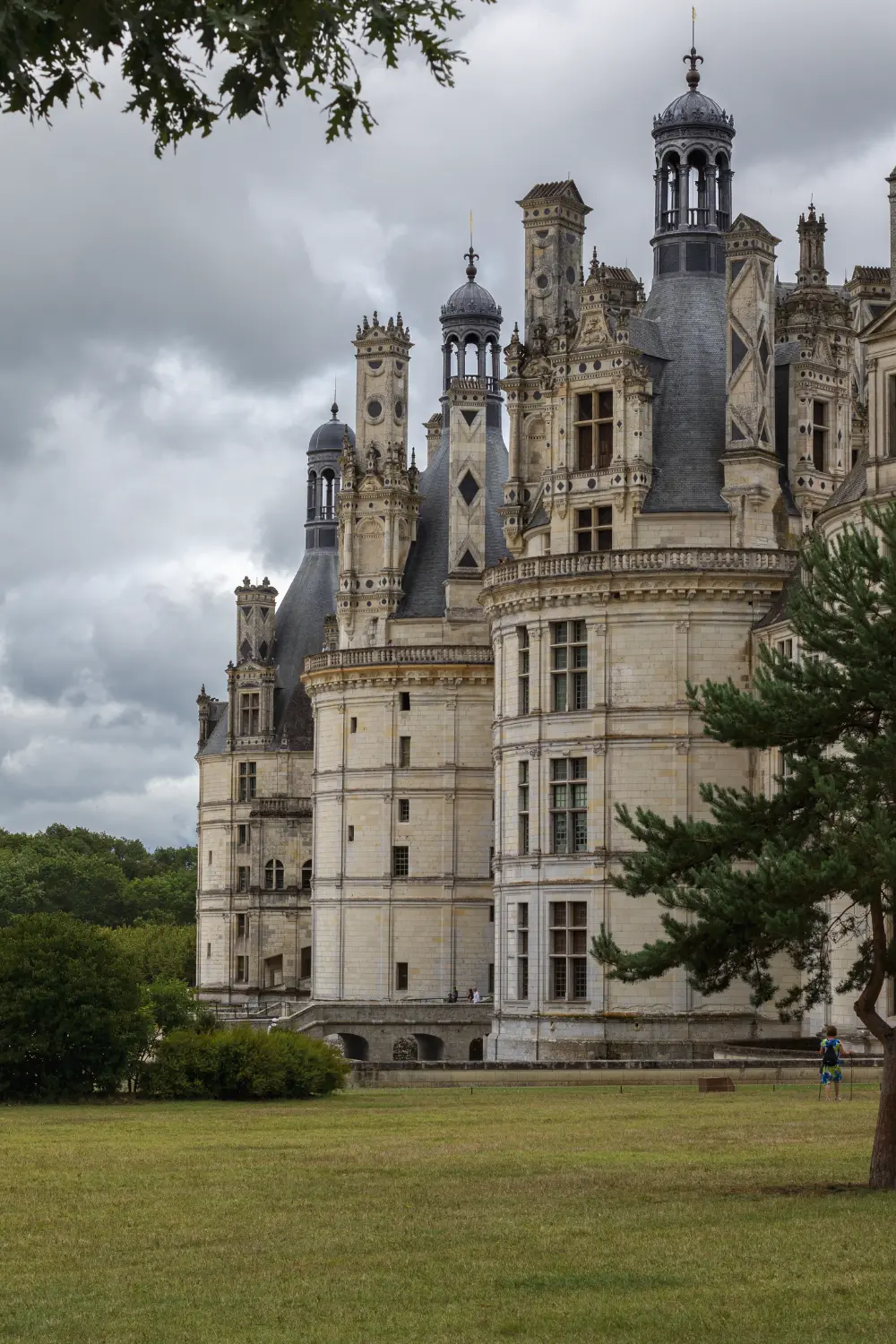
France is known for its beautiful castles. Among them, Château de Chambord stands out. It is a symbol of French architecture and history. Visiting this castle is like stepping back in time. Let’s explore what makes Château de Chambord special.
Architectural Marvel
Château de Chambord is an architectural wonder. Built in the 16th century, it showcases the French Renaissance style. The design was inspired by Leonardo da Vinci. This makes it unique among other castles.
Some key features include:
- Double-helix staircase – Two spirals that never meet
- 440 rooms – Each with its own charm
- 84 fireplaces – To keep the castle warm
- 365 chimneys – One for each day of the year
The castle’s facade is adorned with intricate carvings. Towers and spires add to its majestic look. The roof is especially impressive with its many shapes and designs. Walking through the castle, you can feel the history. Every room tells a story. Every corner holds a secret.
Surrounding Nature
The area around Château de Chambord is as beautiful as the castle itself. Surrounded by a large park, it offers a peaceful escape. The park is home to many animals. Deer, wild boar, and birds live here. You can see them wandering freely.
Some activities you can enjoy:
- Walking and biking trails – Explore the park at your own pace
- Horse-drawn carriage rides – A unique way to see the grounds
- Boat trips – Enjoy the view from the water
The park also has a beautiful garden. Flowers bloom in vibrant colors. The scent of fresh blooms fills the air. Benches are placed throughout the garden. Perfect for a moment of rest.
Whether you love history or nature, Château de Chambord offers something for everyone. Its beauty and charm are unmatched. A visit here is a journey into the past and a breath of fresh air in the present.
Château De Chenonceau
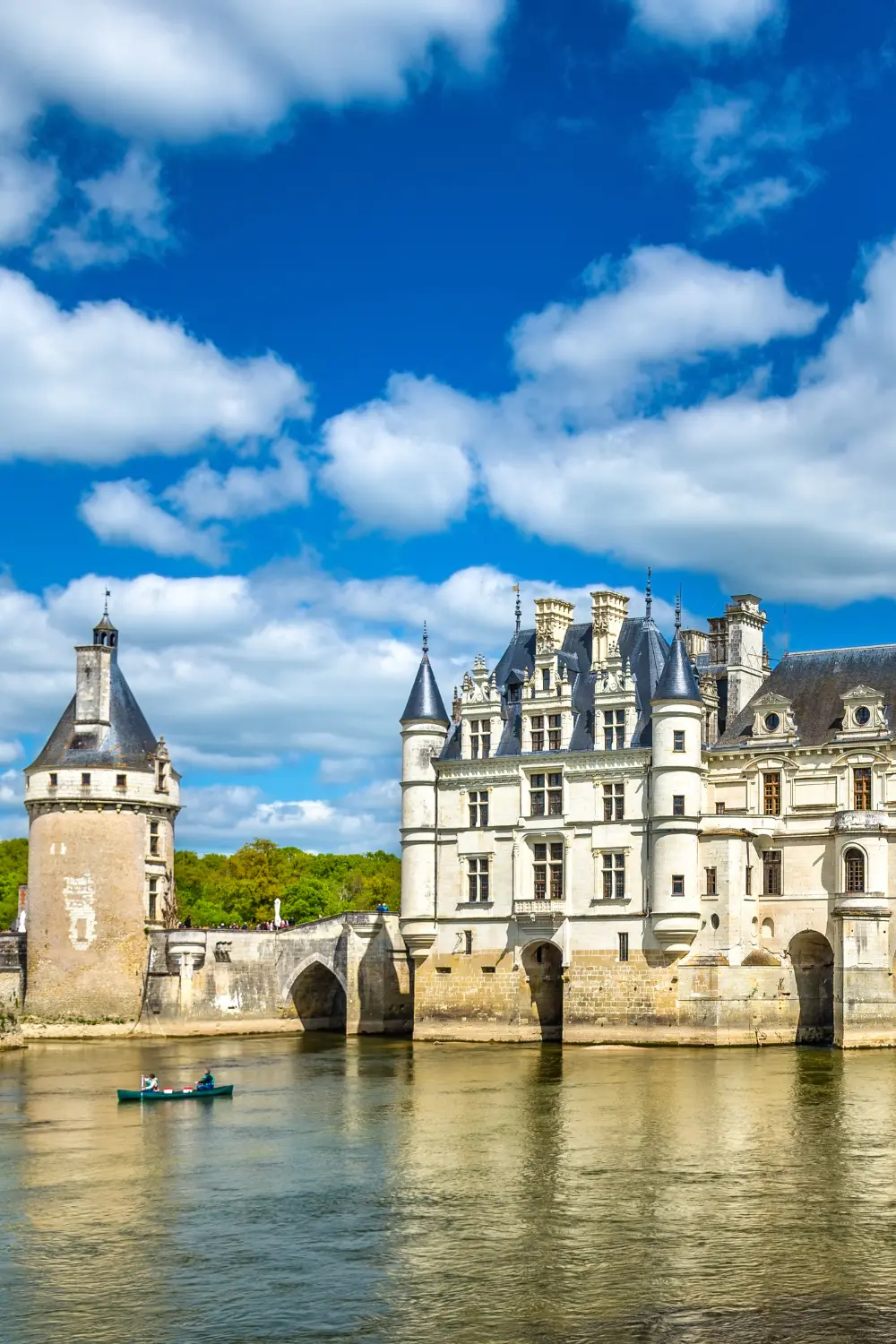
France is famous for its beautiful castles. One of the most stunning castles to visit in France is the Château de Chenonceau. Nestled on the Cher River, this castle is known for its rich history and magnificent gardens. It attracts thousands of visitors every year, eager to explore its beauty and charm.
Historical Significance
The Château de Chenonceau holds a significant place in French history. Built in the 16th century, it has witnessed many important events. The castle has been home to several notable figures, including Diane de Poitiers and Catherine de’ Medici.
Key historical points:
- Built in 1513 by Thomas Bohier.
- Owned by King Henry II and given to his mistress, Diane de Poitiers.
- After King Henry II’s death, his widow Catherine de’ Medici took over.
- Used as a hospital during World War I.
- Sheltered refugees during World War II.
Each of these events has left a mark on the castle. It has evolved over the centuries, reflecting the styles and tastes of its various owners. The Château de Chenonceau is not just a beautiful building; it is a testament to the rich tapestry of French history.
Gardens And Grounds
The gardens and grounds of the Château de Chenonceau are equally impressive. They offer a peaceful retreat and are a must-see for any visitor. The gardens were first designed by Diane de Poitiers and later expanded by Catherine de’ Medici.
Highlights of the gardens include:
- Diane de Poitiers’ Garden: Features a stunning fountain and beautiful flower beds.
- Catherine de’ Medici’s Garden: Known for its symmetry and elegance.
- The Green Garden: Offers a serene, forest-like atmosphere.
- The Maze: A fun and interactive area for visitors to explore.
- The Italian Garden: Inspired by Renaissance designs, it features classic statues and lush greenery.
The grounds also include a farm and a flower garden, which provide fresh produce and blooms for the castle. Walking through the gardens, you can feel the history and beauty that make Château de Chenonceau so special.
Château De Versailles
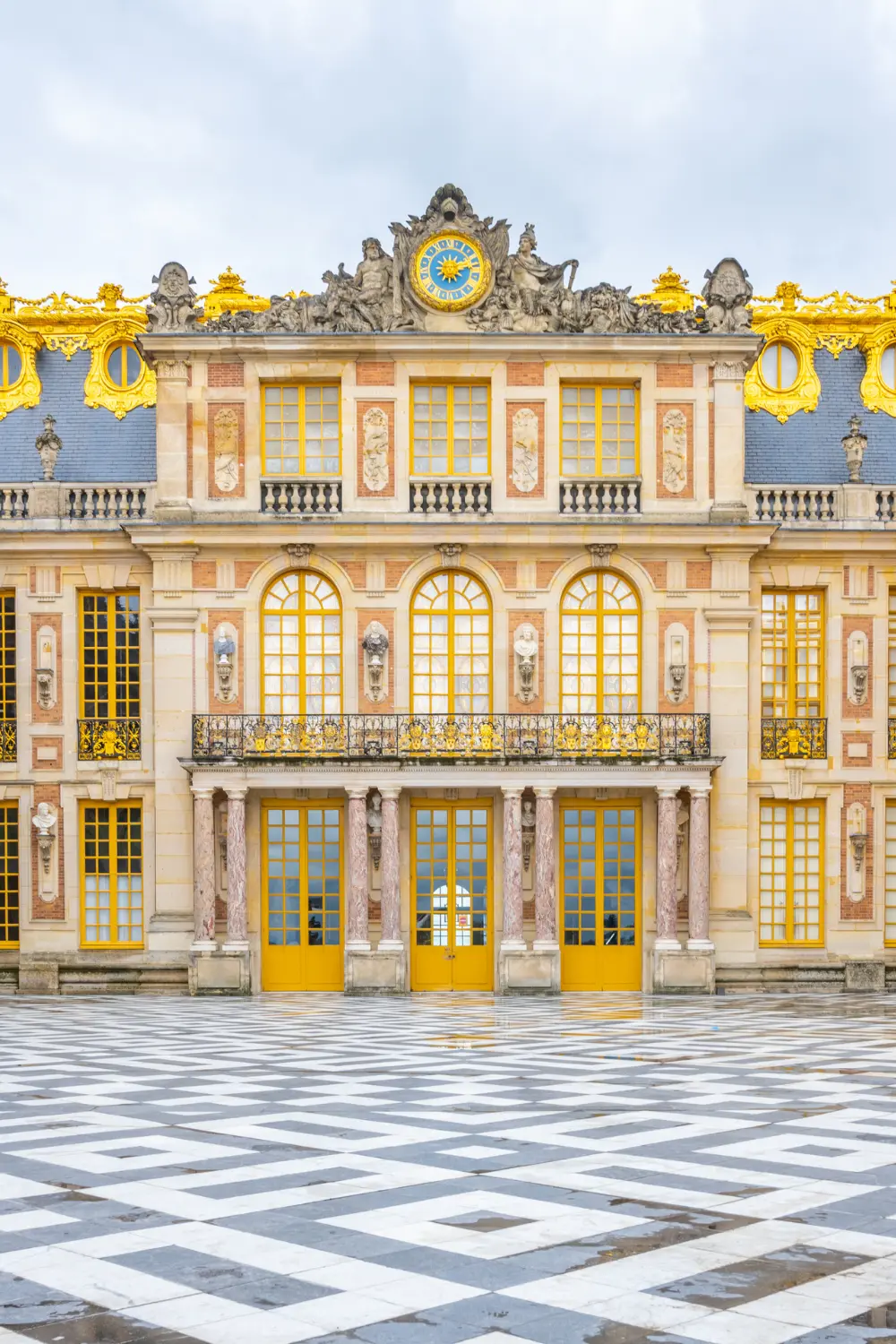
France is known for its stunning castles, but one of the most famous is the Château de Versailles. This grand palace stands as a symbol of power and beauty. It is a place where history, art, and culture come together. Visitors from around the world come to see its magnificent halls, beautiful gardens, and rich history. A trip to France is not complete without seeing the Château de Versailles.
Royal Heritage
The Château de Versailles has a rich royal heritage. It was originally a hunting lodge for King Louis XIII. His son, King Louis XIV, transformed it into the grand palace we know today. This was done to show off his power and wealth. The palace became the center of French political life. Here, the king and his court lived and worked.
Inside the palace, visitors can see:
- The Hall of Mirrors: A grand hall with 357 mirrors.
- The Royal Apartments: Where the king and queen lived.
- The Opera House: A beautiful theater for royal performances.
The royal heritage of the Château de Versailles is not just in its buildings. It is also in its gardens. Designed by André Le Nôtre, they are a masterpiece of French garden design. The gardens cover over 800 hectares and include:
- Fountains: Stunning water displays.
- Sculptures: Beautiful works of art.
- Groves: Small wooded areas with hidden gems.
The Château de Versailles is a place where visitors can step back in time. They can experience the grandeur and beauty of French royalty.
Cultural Impact
The Château de Versailles has had a huge cultural impact. It is not just a palace. It is a symbol of French art and culture. Many artists and writers have been inspired by its beauty. The palace has appeared in many books, movies, and paintings.
Each year, millions of people visit the Château de Versailles. They come to see its grand architecture and learn about its history. The palace hosts many cultural events, including:
- Exhibitions: Showcasing art and history.
- Concerts: Featuring classical music.
- Festivals: Celebrating French culture.
The gardens also play a big part in its cultural impact. They are a place for relaxation and inspiration. Many people come to walk through the gardens and enjoy their beauty. The fountains and sculptures add to the experience. They make the gardens a true work of art.
The cultural impact of the Château de Versailles is felt around the world. It is a place where history and culture come together. It continues to inspire and amaze people every day.
Château De Carcassonne
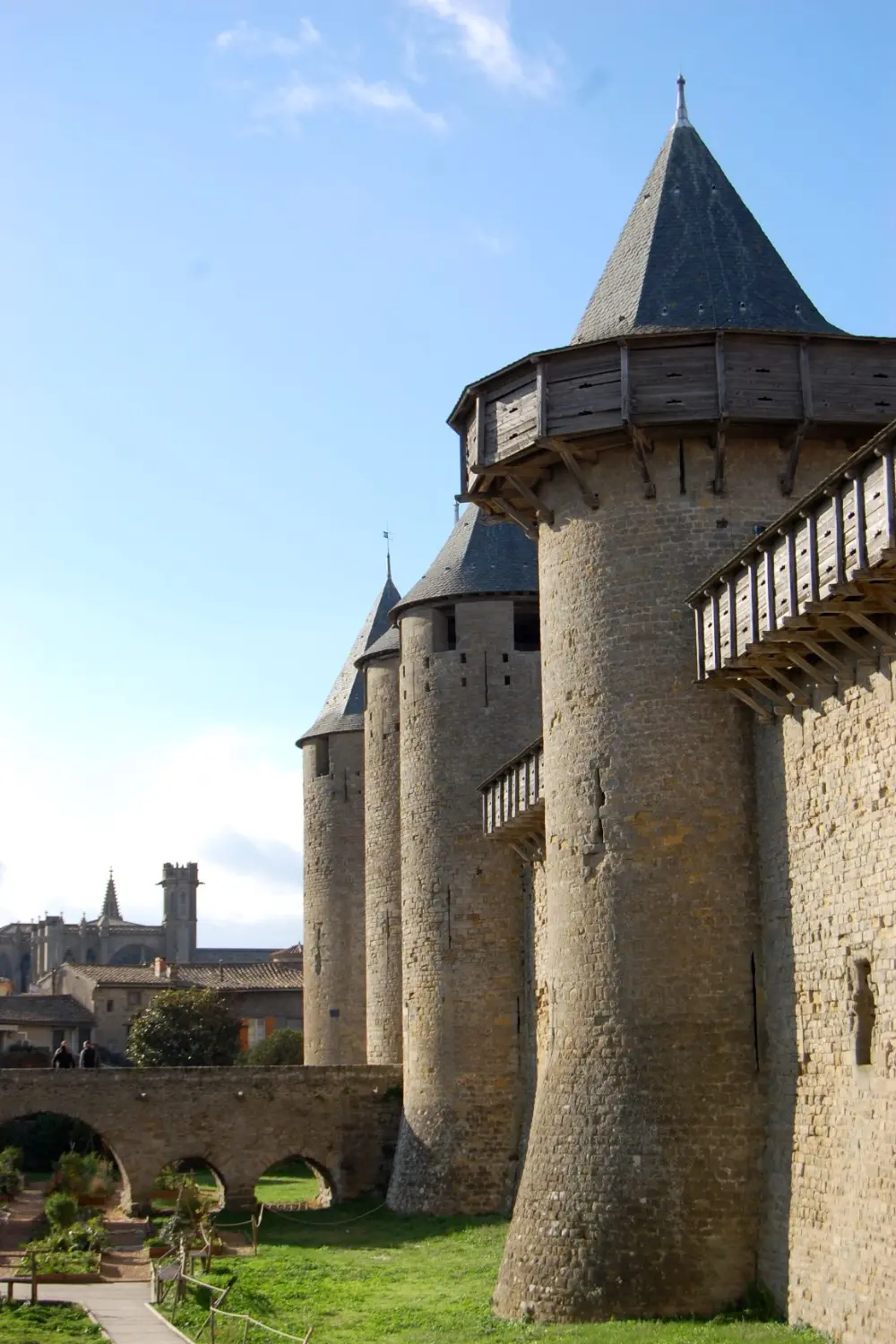
France is home to many beautiful castles, but the Château de Carcassonne stands out. Located in the south of France, this ancient fortress has a rich history. Its well-preserved walls and towers attract visitors from all over the world. This blog post will explore its medieval origins and its status as a UNESCO World Heritage Site.
Medieval Fortress
The Château de Carcassonne is a perfect example of a medieval fortress. It dates back to the Gallo-Roman period. The castle has high walls, strong towers, and a moat for defense. Inside, the narrow streets and old houses give a glimpse into the past. The castle has been restored many times over the centuries.
Key features of the Château de Carcassonne:
- Double walls: Two layers of walls to protect against attacks.
- 52 towers: These towers offer a fantastic view of the surrounding area.
- Drawbridge: A functional drawbridge adds to the castle’s charm.
Visitors can explore the castle and imagine life in medieval times. Guided tours are available to learn more about its history. The castle also hosts events and festivals, making it a lively place to visit.
Unesco World Heritage Site
The Château de Carcassonne was listed as a UNESCO World Heritage Site in 1997. This recognition highlights its historical and cultural importance. Being a World Heritage Site means it is protected for future generations.
Reasons for its UNESCO status:
- Historical significance: The castle played a key role in history.
- Architectural value: Its unique design is an example of medieval architecture.
- Cultural impact: The castle has influenced culture and tourism in the region.
UNESCO status brings benefits to the Château de Carcassonne. It helps in preserving the site and promoting tourism. The castle attracts millions of visitors each year. This boosts the local economy and helps maintain the castle.
The Château de Carcassonne is not just a castle. It is a symbol of history and culture. Visiting this site offers a unique experience and a journey back in time.
Château D’amboise
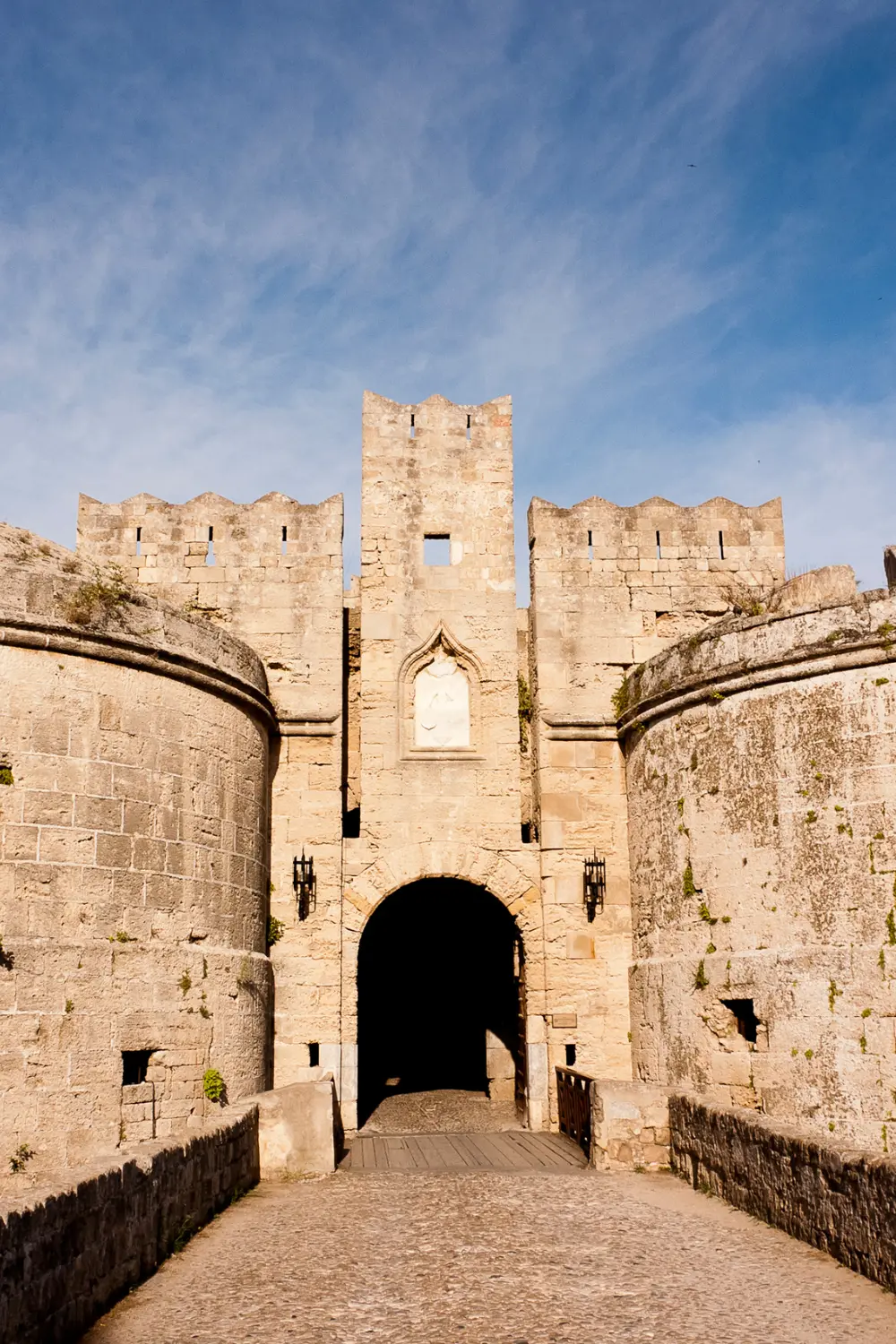
France is home to many beautiful castles. One of the most famous is Château d’Amboise. This castle offers a glimpse into the past. It stands tall on a hill, overlooking the town of Amboise and the Loire River. Its rich history and stunning architecture attract visitors from around the world. Let’s explore its royal connections and artistic significance.
Royal Residence
Château d’Amboise has served as a royal residence for many French kings. This majestic castle became a favorite spot for the monarchy. It was first used by King Charles VIII in the 15th century. He loved its strategic location and beautiful surroundings.
Some key points about its royal history:
- King Charles VIII expanded the castle, adding Italian-inspired architecture.
- King Francis I, who grew up here, invited Leonardo da Vinci to live nearby.
- Many royal events and celebrations took place in this grand residence.
Visitors today can see the luxurious rooms where kings and queens once lived. The castle also has stunning gardens. These gardens provide a peaceful escape, just as they did for royalty. The view from the castle is breathtaking, offering a panorama of the Loire Valley.
Art And Influence
Château d’Amboise is not only known for its royal connections. It also has a rich artistic heritage. Leonardo da Vinci, one of the greatest artists of all time, spent his final years near the castle. He brought many of his masterpieces with him and influenced the artistic landscape of the region.
Some highlights of the castle’s artistic influence:
- Leonardo da Vinci lived in the nearby Clos Lucé, a manor connected to the castle.
- His works and inventions are displayed in the castle and the manor.
- The castle hosts art exhibitions and cultural events throughout the year.
Walking through the castle, visitors can see Renaissance art and architecture. The influence of Italian artists is evident in the design and decor. The castle’s chapel, where da Vinci is believed to be buried, is a must-see. It showcases beautiful stained glass windows and intricate carvings.
Château De Fontainebleau
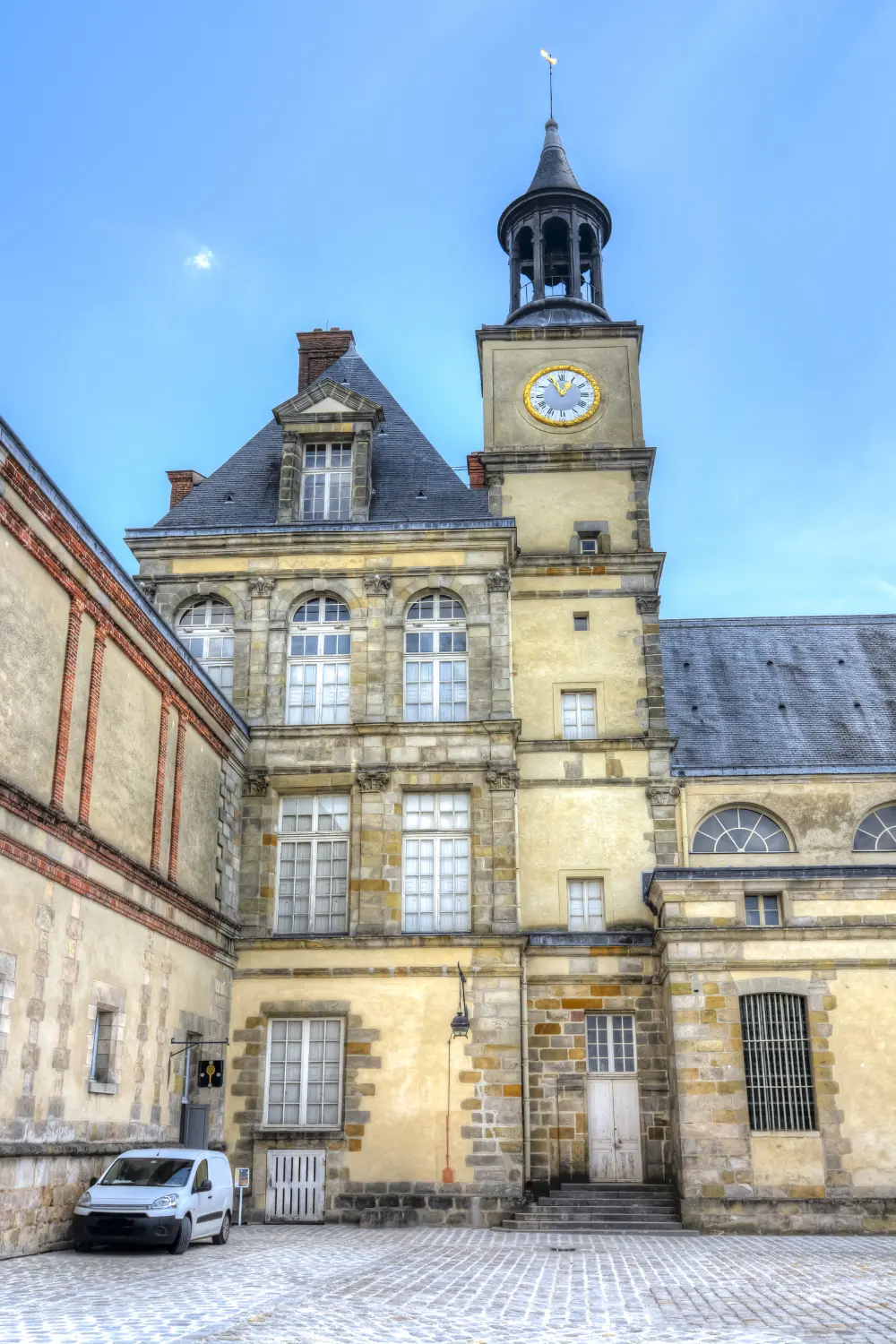
France is known for its stunning castles, each with a rich history and captivating beauty. One of the most enchanting castles to visit is the Château de Fontainebleau. This castle, located just outside Paris, offers a perfect blend of art, history, and architecture. It has been a residence for French royalty for over 700 years. The Château de Fontainebleau is a treasure trove waiting to be explored.
Artistic Treasures
The Château de Fontainebleau is home to some of the most exquisite artistic treasures. The castle’s walls and ceilings are adorned with beautiful frescoes and intricate carvings. Each room tells a different story through its art.
Some of the key artistic highlights include:
- The Gallery of Francis I – Famous for its Renaissance art and Italian influences.
- The Ballroom – Known for its grand frescoes depicting mythological themes.
- The Chapel of the Trinity – Adorned with stunning frescoes and stained glass windows.
These artistic elements make the Château de Fontainebleau a must-visit for art lovers. The castle’s gardens also feature sculptures and fountains that add to its artistic charm. Walking through these gardens feels like stepping into a painting.
Historic Significance
The Château de Fontainebleau is not just an artistic marvel; it also has a rich historical significance. This castle has been a residence for many French kings and emperors. It served as a royal residence from the 12th century to the 19th century.
Some notable historical events include:
- King Francis I made significant renovations, bringing the Renaissance style to the castle.
- Napoleon Bonaparte used the castle as a residence and signed his abdication here in 1814.
- King Louis XIV also expanded the castle, adding the famous horseshoe staircase.
The castle’s rooms and halls are filled with historical artifacts and furniture. These items offer a glimpse into the lives of the royals who once lived there. Each room has a story to tell, making the Château de Fontainebleau a fascinating place for history enthusiasts.
Conclusion
Visiting castles in France offers unforgettable experiences. Each castle has unique charm and history. Explore the grand halls and beautiful gardens. Capture stunning photos and create lasting memories. Plan your trip today and immerse yourself in French heritage. Enjoy the architectural marvels and scenic surroundings.
These castles will make your visit truly special. Don’t miss out on these magnificent structures. Start your adventure and discover the best castle in France. You won’t regret it.

